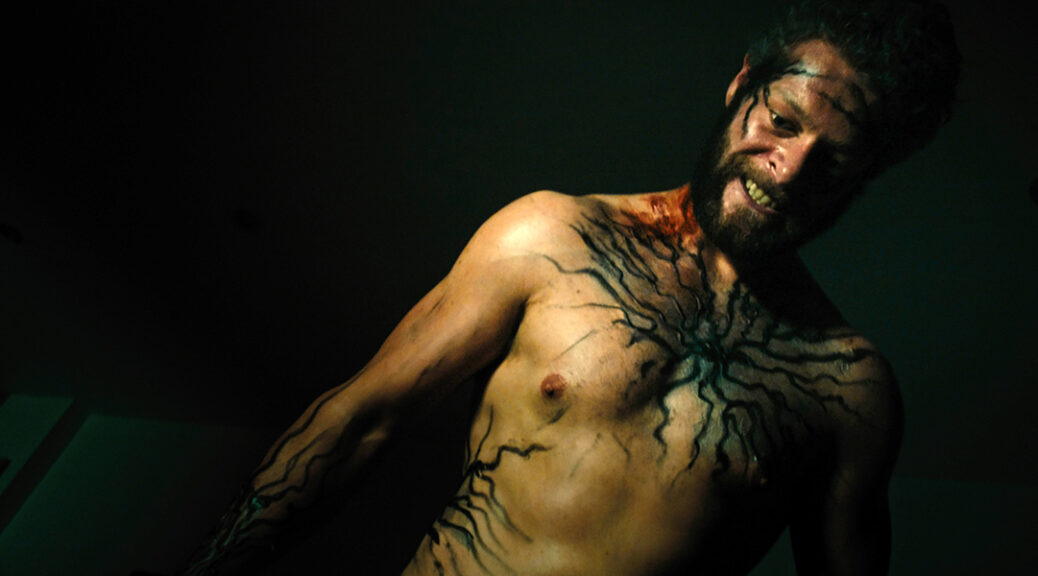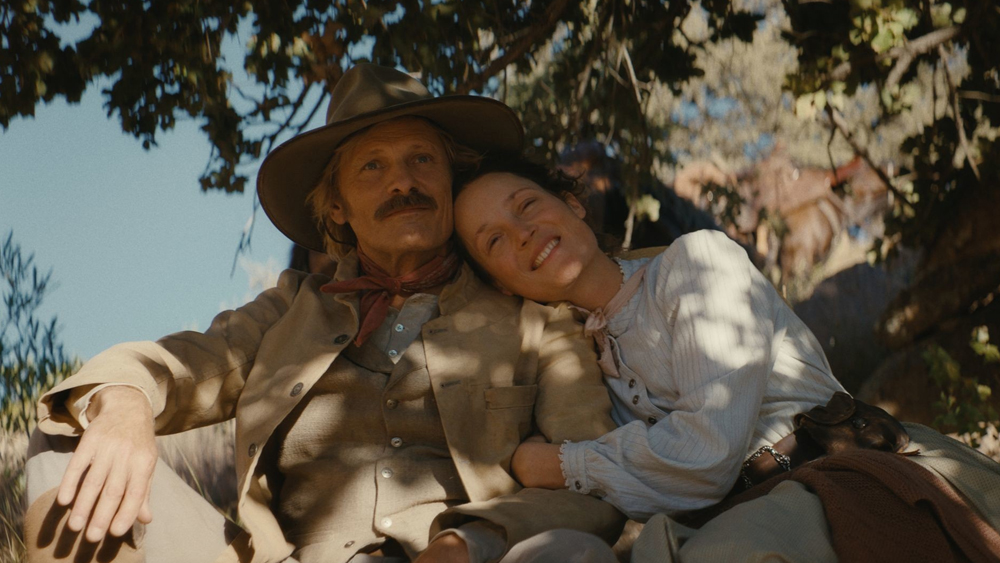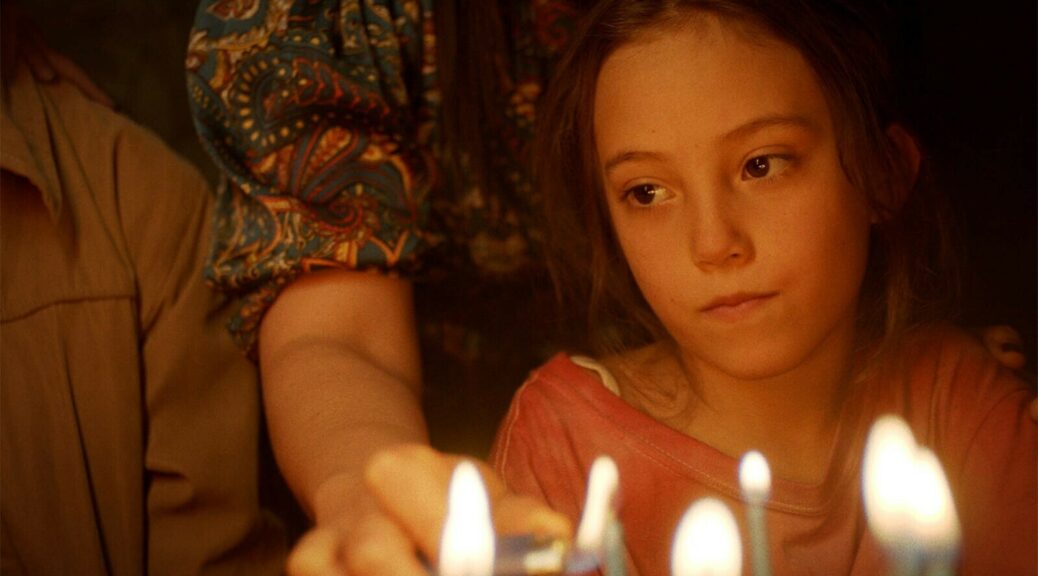Kill Your Lover
by Brandon Thomas
To say that relationships are ripe for mining when it comes to horror movie material might be the king of all understatements. The complex nature of romantic human relationships involves the entire spectrum of emotions and said emotions tend to burn at their brightest during a courtship’s beginning and at the perilous end. With Kill Your Lover, filmmakers Alix Austin and Keir Siewert have crafted an intimate analogy about what happens when the person you’ve loved for so long changes into something darker.
Through flashes back and forth from the past to the present, Kill Your Lover tells the story of Dakota (Paige Gilmour) and Axel (Shane Quigley-Murphy). The most passionate portions of their relationship are juxtaposed with the present and Dakota’s feelings that the relationship has run its course. It’s not that simple though, and Axel’s changes have less to do with his personality (or do they?) and more with the sickness overtaking him.
Austin and Siewert wisely spend the majority of Kill Your Lover’s scant 77 minutes just spending time with Dakota and Axel. It’s easy to see why these two characters would’ve fallen so hard for one another. It’s equally easy to see why Dakota wants to break things off. However, with clever plotting, the film also peels back layers and floats the idea that maybe things weren’t so great in the past either. Gilmour and Quigley-Murphy’s fiery chemistry gives the film a sense of life it might not have with lesser performers.
Kill Your Lover gets a lot of mileage out of essentially being a single-location film. The isolation of the small apartment only increases the anxiety and tension around the situation Dakota finds herself in. From a character standpoint, the awfulness of Axel’s transformation is mirrored by Dakota’s memories of the good times they shared in the same space.
Despite being a very character-centric bit of horror filmmaking, Kill Your Lover doesn’t skimp on the carnage. The “creature” (if you will) make-up is icky and gruesome and has an outstanding originality to how it behaves and spreads. Still deeply rooted in story and character, when the battle of wills between Dakota and Axel turns into a physical one, the gooeyness of the film increases tenfold.
By leaning heavily into character and the sometimes claustrophobic nature of spiraling relationships, Kill Your Lover offers an exciting and emotional bit of genre filmmaking.












